|
Player(s): 1 Platforms: PlayStation 4, PC I trusted the first Ni no Kuni almost entirely sight unseen. A JRPG by Level-5 that looks and sounds like a Studio Ghibli film? Sign me up! So trusting was I that I even preordered the collector’s edition from Bandai-Namco, during the short preorder time in the summer before the game’s release, when most people didn’t even have the game on their radars. My trust was, for the most part, rewarded with a deep and moving JRPG that, while having some glaring issues like a slow start and a miserable to learn battle system, became one of my favorite games on the PlayStation 3. When Ni no Kuni 2: Revenant Kingdom was announced, I was excited but wary. Could it be as good as the first? And how is this little cat boy related to King Tom of Ding Dong Dell? How much of a sequel would this be? I grew only more worried as development teams changed, combat overhauled, new gameplay mechanics added, and more. Thankfully, Revenant Kingdom calmed my worried soul, and delivered a modern JRPG in a tight and compact package that anyone can enjoy. Mild spoilers follow The story starts off with a literal bang, as Roland is pulled into Ni no Kuni’s world just as Evan finds himself in the midst of a coup to overthrow him as king. Having escaped, the pair travel the world to forge a new bond between Evan and a kingsmaker (a being in charge of determining worthiness of a king as a ruler of a particular land) so Evan can start a new country and try to unite the major kingdoms in peace. What follows is a tale of Evan growing into a king his parents would be proud of, one that Roland is happy to help, and one citizens across the world are pleased to follow, told through the trials of creating peace treaties, learning the truth behind his father’s murder, and stopping a powerful force from decimating the world he works so hard to bring together. I cannot tell you how much time has passed between Ni no Kuni and Revenant Kingdom, only that it’s long enough for Evan to refer to King Tom as an “ancestor”, but I’m happy to say if the first game didn’t quite grab you, or drug on too long at the start, or you hated the battle system, Revenant Kingdom couldn’t be more different in those regards. Within 10-15 minutes of starting the game I was already doing battle and learning about the various combat elements, before the first hour was up I was out onto the world map, and just a few short hours in most of the game’s gameplay concepts had been introduced to me. The main game’s combat has been so streamlined and overhauled that comparing it to the first game is nonsense; gone is the turn based combat that felt like a mix of Star Ocean and Pokemon, replaced with a real time system featuring some melee and ranged attacks, limited magic, and the higgledies. Higgledies? Yup. Instead of painstakingly catching creatures, Revenant Kingdom offers higgledies, small creatures you can take into battle with you that’ll more or less run themselves, sometimes allowing you to trigger special attacks or helpful support. More than once a higgledy healing ring saved my butt in game, and with how hands off their use it for the most part, they didn’t feel badly inserted into my combat. As for what you can control in battle, I welcome the streamlining. No longer does it feel like I’m wading through menu upon submenu upon submenu trying to do an attack, or worrying constantly about magic points. Instead, I have a couple of melee attacks, a couple of ranged attacks, and preset magic skills at my disposal. Ranged attacks take up fractions of MP points, allowing you to never worry about ammo (they even explain this as a feature of an in-world item). Regaining MP is as easy as landing melee hits on an enemy. You can even still switch party leaders mid-battle! And then there’s the Zing! Feature. Essentially, it allows each player character to equip multiple weapons to switch through, and each successful hit fills up a meter than when full can power up a magic skill upon usage. It’s a neat way of rewarding players for not constantly using up MP but also encourages them to use skills regularly. Along with this is a tactic tweaker, which allows you to set up things like what kind of loot drops, what enemies you might deal more damage to, and so on, giving you ultimate control for how battle might play out. The other main game systems new to Revenant Kingdom are skirmishes and a kingdom building sim. Personally, kingdom building is my favorite thing in the whole game. Evan’s new kingdom needs citizens to carry out tasks to build new facilities to carry out tasks and so on, so you are to find new people, convince them to move (usually by completing side quests), then give them a job in your new digs. Expanding your kingdom and its facilities become key to the story lategame, but in the interim the facilities more than prove their worth for the time it takes to staff them and do research. The only way to level up your higgledies is in a kingdom facility, there’s a weapons shop and an armor shop that allow you to create and customize and upgrade equipment, a spellworks school where skills can be upgraded and new specialized skills can be learned, places that research making the basic game mechanics like experience point gain and run speed better, and more! Nothing made me more happy than finding new people to bring over, and giving them a job they enjoyed in the kingdom. I even teared up a little when I brought my kingdom’s expansion to the penultimate level, feeling weirdly proud of everyone’s work to get it there. Skirmishes, on the other hand, are a different kind of combat, where you can set up to 4 different squads to do combat on the world map with other squads, rock paper scissors meets Dynasty Warriors style. Acquiring new citizens will sometimes net you new skirmish squads, and there was plenty of skirmishes available for me to play around the world. And of course what would a JRPG be without side quests? There’s over 115 listed quests available, along with a seemingly endless supply of errands to run (kill these things, fetch these items, etc), along with finding new higgledies across the world as well as defeating “tainted” monsters for special bounties, giving you new citizens, new gear, money, and more. The “trip door” transport system makes finding and beating these quests so easy to deal with, and every new chapter brought on more of them to do (and a few after beating the game). The best of these side quests is a 9-parter that opens very early game but may take you until long after the final boss to beat: the Dreamer Doors. Given to you by a prospective citizen for your new land, it requires you to find these 9 hidden mazes and beat them. Sounds easy enough, but the mazes are rather interesting and some of them quite difficult at early game if you stumble upon them. These mazes are pseudo-randomly generated, with a danger gauge that rises the longer you’re in the maze. Hit a new level on the gauge, the maze’s monsters get harder to fight. There’s ways to lower the gauge and leave the maze early if the enemies are too tough, and plenty of cool treasure that can be found, with a maze boss to defeat to consider the maze completed. Once completed, these mazes don’t disappear, giving you something you can revisit and grind in, especially if you want to see how high the danger gauge goes. Even with all these things to do, my biggest complaint is the length of the game. And even then, it’s probably more how light the story seems for the length I played it. I did over 100 side quests, 100 errands, got my kingdom to level 3 out of 4, did a few skirmishes, obtained 80 of 120 citizens, and even had a few stints of grinding trying to find certain crafting items (to no avail), and I beat the main story at 43 hours. Now, 43 hours is nothing to scoff at, especially when plenty of games clock in at 25-35 hours if not shorter, and a JRPG on the shorter end is more than welcome, but it just didn’t feel like enough? The story is laid out to you in 9 chapters, and 2-3 of them take maybe 45 minutes a piece. There’s not much in the way of surprise plot twists, not a lot of cutscenes, and at times not a lot of drive to move you forward on the story. One could probably hustle through the main game in 30-35 hours easy, which, again, is not a bad amount of time to play a game, but when combined with what feels like at times a barely there story, it feels lacking. Ni no Kuni had so much world-building lore in it, and Revenant Kingdom feels like a Cliffnotes version in comparison. Even trying to link the two games was nothing more than a “this happened, that’s cool” with no lasting effects from Ni no Kuni on Revenant Kingdom’s world. And oddly enough, quite a bit of story got thrown in literally during the final moments of the game, as if the writers went “Ooops, we should really have some story in this”. Thankfully, the rest of the game and gameplay more than makes up for it, especially with my drive to make my kingdom the best it could be, world peace be damned. Visually, the game is stunning. I love a game with loads of color, and Revenant Kingdom doesn’t disappoint. There’s lots of fun and good character and enemy designs, and the world map is beautifully laid out. Oddly enough, there’s some weird and noticeable framerate hiccups, even in places that don’t make sense (like walking around a town), but nothing game breaking or unplayable. Joe Hisaishi returned to compose the music, which can get repetitive at times but is an overall joy. I encountered one bug during a boss fight that required me to restart a battle to fix (it was the Brineskimmer battle in case you’re wondering), and one boss fight that was just a pain to deal with (bad camera angles for an unnecessary platforming section) but otherwise I was surprised at the overall polish of the game. One of the smoother ones I’ve played in a long time, all things considered. Revenant Kingdom was much better than I feared. It took a lot of the charm of Ni no Kuni and improved upon it, giving us a more accessible JRPG optimized and distilled down to an enjoyable, if at times short feeling, experience. While rather family friendly, there’s nothing here that feels especially childish. If you’re looking to play a JRPG but are overwhelmed by the 70+ hours you might need to spend to play it, such as in Final Fantasy XV or Persona 5, Revenant Kingdom is here to scratch that itch. If you got burned by the first, this is definitely worth a shot. Heck, if you’re just looking for a nice game that has Studio Ghibli still in its bones, play this. If Level-5 does more Ni no Kuni games in the future, I hope they use this as a blueprint on where to go. -Janette G The PlayStation 4 version of this game was played for this review Gameplay: A Graphics: B+ Sound: B+ Value: B+ OVERALL: B+ Pros: + Streamlined combat keeps game from feeling like a drag + New features like kingdom building and skirmishes are a joy to play + Wonderful visuals and great sound to support the game Cons: - Story feels lacking, making the game feel short - Trying to grind for specific materials can be a pain - Story elements requiring skirmishes and kingdom building may be offputting to some
0 Comments
Leave a Reply. |
Search
Contributors◆ Angie
◆ Emily ◆ J.D. ◆ Janette ◆ JT ◆ Manuel ◆ Nestor ◆ Rose ◆ Sylvia ◆ Teepu ◆ Tiffany ◆ Winfield Archives
April 2025
|
© 2014-2025 A-to-J Connections. All Rights Reserved.

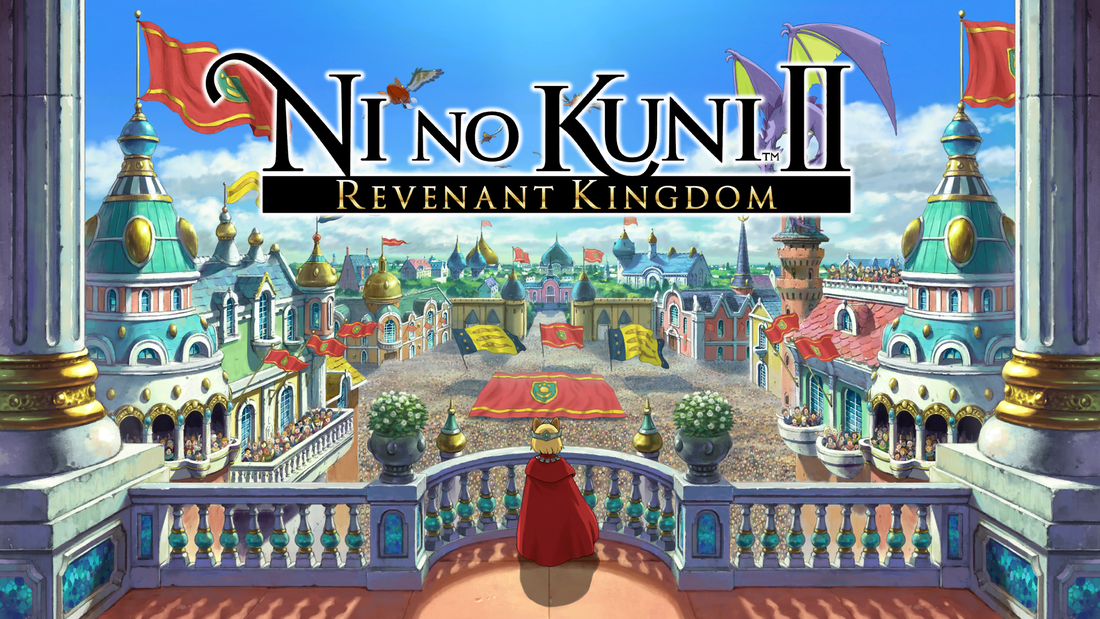

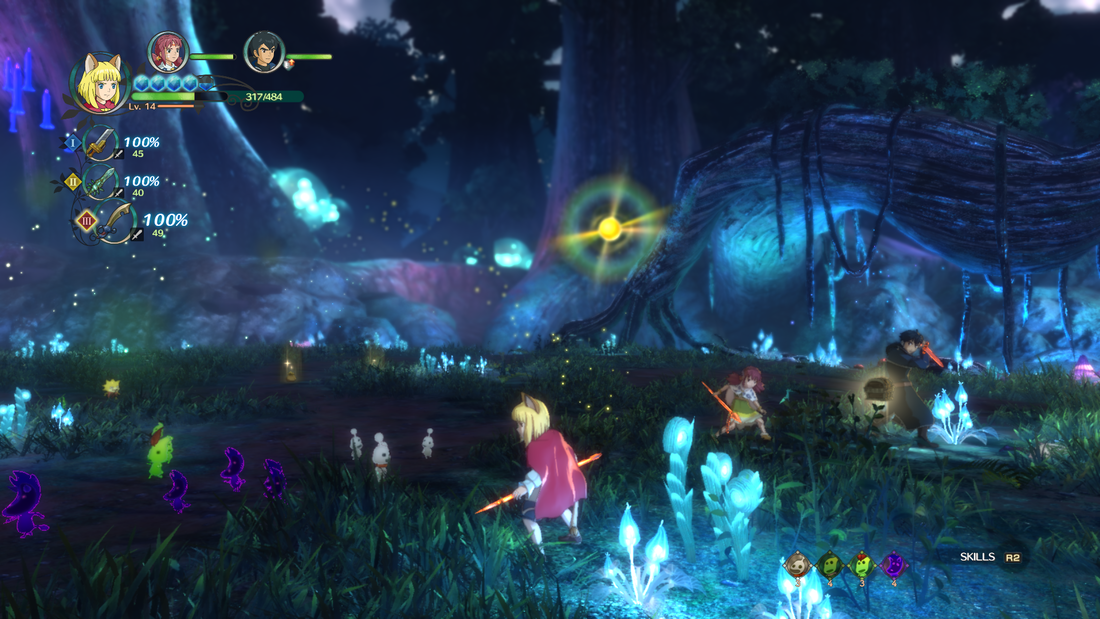
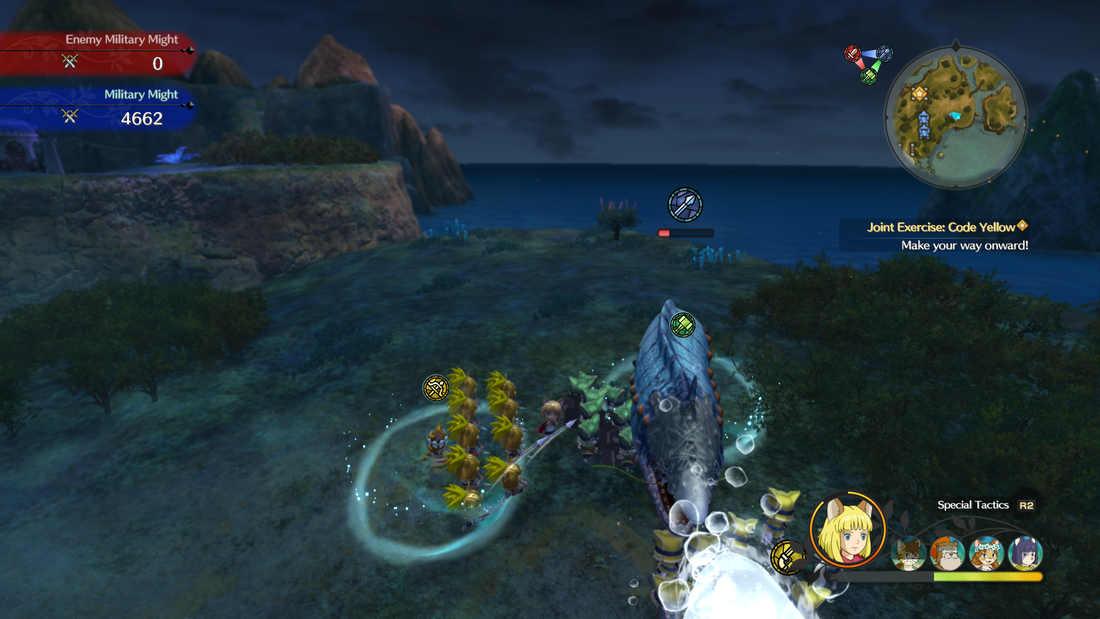
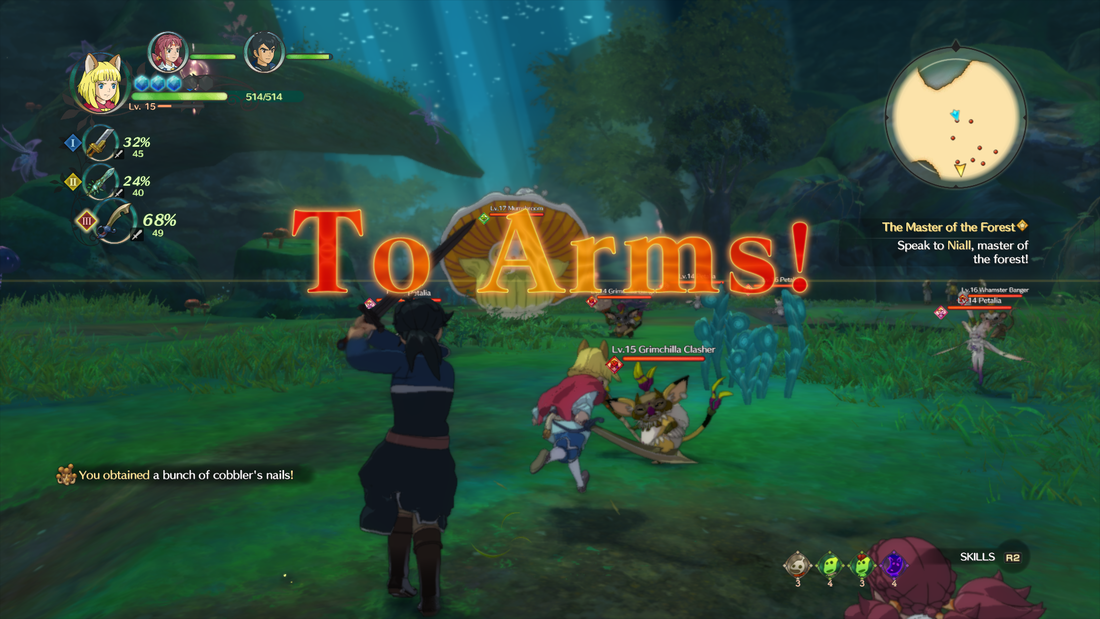
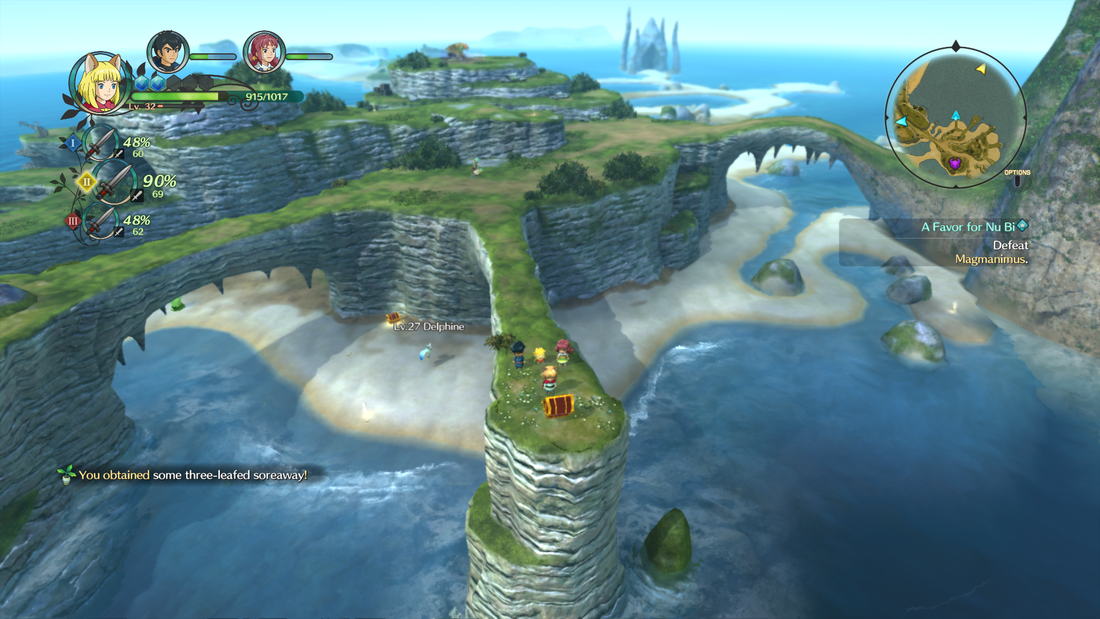

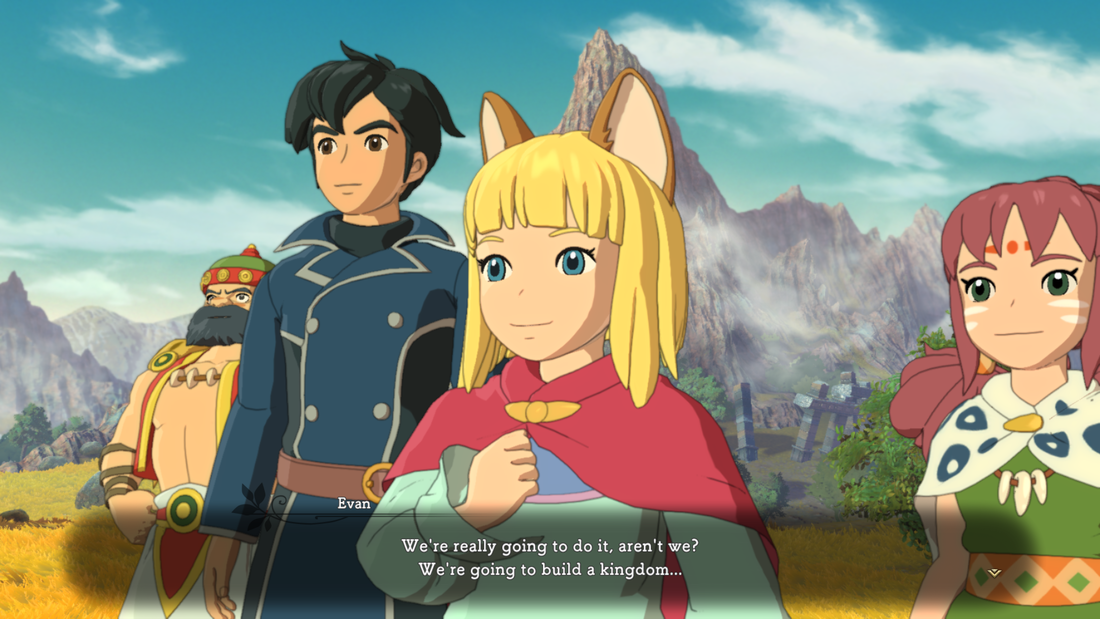

 RSS Feed
RSS Feed